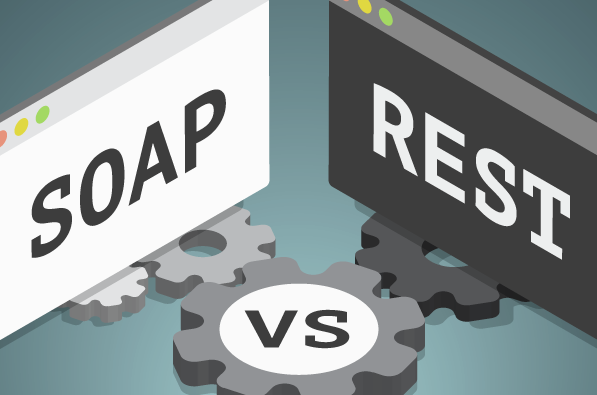REST (Representational State Transfer) and SOAP (Simple Object Access Protocol) are two different protocols for exchanging information over a network. Here are some differences between REST and SOAP:
- Message format: REST uses simple HTTP requests and responses to exchange data, while SOAP uses XML-formatted messages to encode the data.
- Protocol: REST is based on HTTP, while SOAP can use a variety of protocols, including HTTP, SMTP, and TCP.
- Extensibility: REST is more extensible than SOAP, as it allows developers to use any media type (such as JSON, XML, or HTML) to send and receive data. SOAP, on the other hand, is limited to XML messages.
- Complexity: REST is generally simpler and easier to use than SOAP, as it does not require the use of complex XML schemas or message processing rules.
- Compatibility: REST is more compatible with modern web architectures, as it uses standard HTTP methods and can be easily accessed using browser-based clients. SOAP, on the other hand, is more suited for use in enterprise environments where interoperability is a concern.
In general, REST is more popular and widely used than SOAP, especially in the context of web APIs. However, SOAP can still be useful in certain scenarios, such as when security is a major concern or when the API needs to support complex data structures or processing rules.
